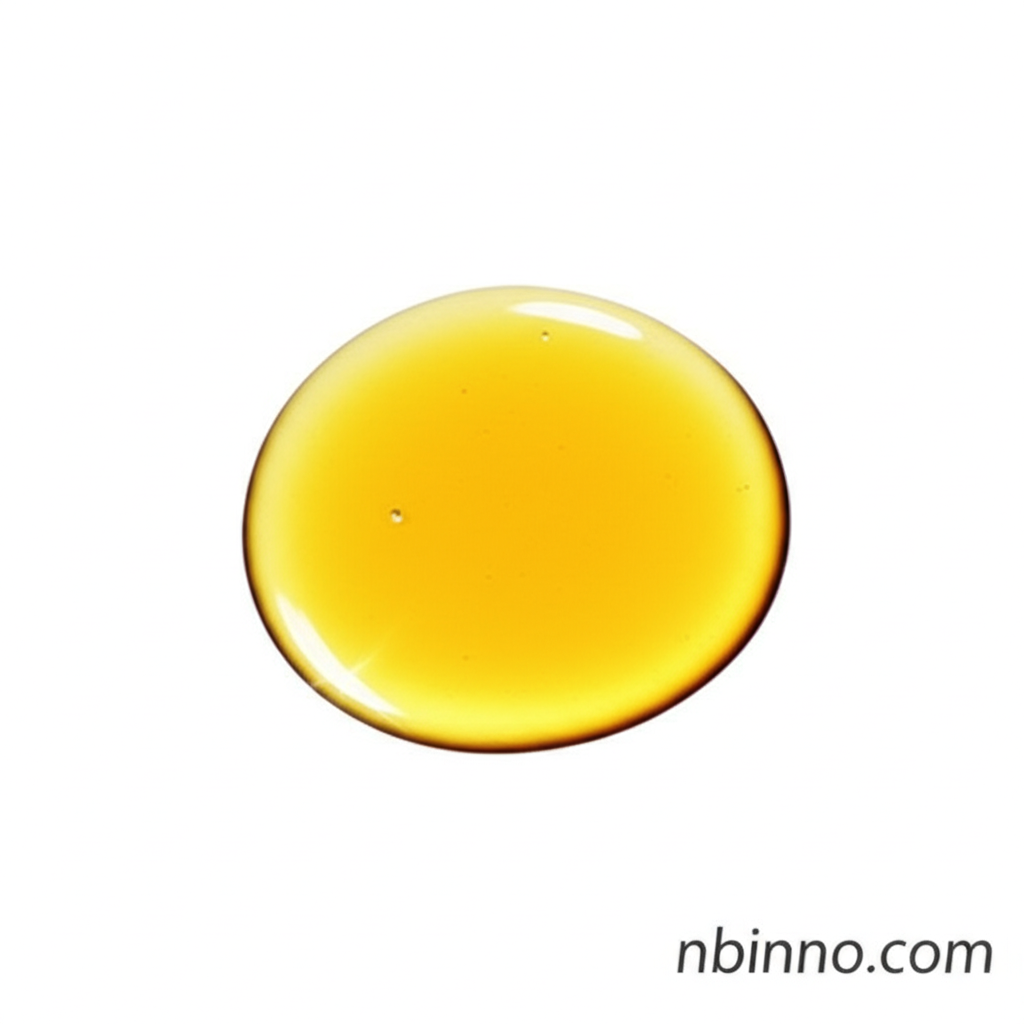2-Bromofuran: A Versatile Halogenated Furan Derivative for Advanced Chemical Synthesis
Explore the utility of 2-Bromofuran as a key building block in modern organic synthesis and chemical research.
Get a Quote & SampleProduct Core Value

2-Bromofuran
2-Bromofuran, identified by CAS number 584-12-3, is a crucial organic compound widely recognized for its role as a valuable synthetic intermediate in diverse chemical reactions. Its unique structure, featuring a furan ring with a bromine substituent, makes it an indispensable building block for creating more complex molecules.
- Explore the synthesis of complex organic molecules using 2-Bromofuran as a key building block.
- Discover the versatile applications of CAS 584-12-3 in advanced chemical research and development.
- Learn about the essential chemical properties and safe handling procedures for this important organic compound.
- Investigate the benefits of purchasing 2-Bromofuran from reliable suppliers for your research needs.
Advantages of Using 2-Bromofuran
Versatile Reactivity
As a halogenated furan intermediate, 2-Bromofuran offers a wide range of reaction possibilities, enabling chemists to achieve targeted molecular transformations.
Synthetic Utility
Its structure makes it a foundational component for developing novel pharmaceuticals and agrochemicals, contributing to innovations in these fields.
Research and Development
2-Bromofuran is extensively used in academic and industrial labs for exploring new synthetic pathways and discovering novel compounds.
Key Applications
Pharmaceutical Synthesis
Utilizing 2-Bromofuran as a building block for active pharmaceutical ingredients (APIs) and their intermediates, facilitating drug discovery.
Agrochemical Development
Employing this furan derivative in the creation of new pesticides and herbicides, contributing to agricultural advancements.
Organic Chemistry Research
Serving as a core reagent in academic research for exploring novel synthetic methodologies and reaction mechanisms.
Material Science
Investigating the incorporation of this compound into new materials with unique electronic or optical properties.
